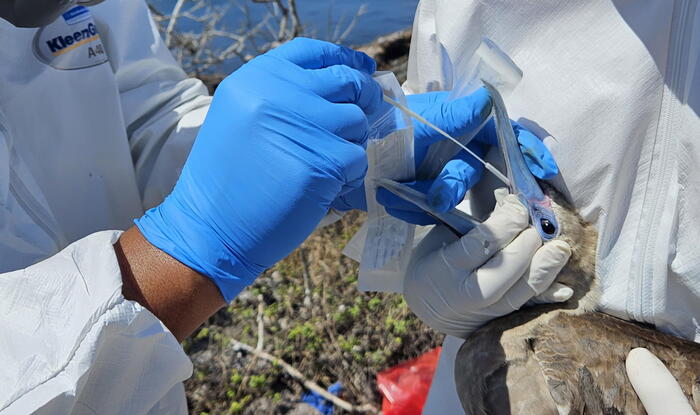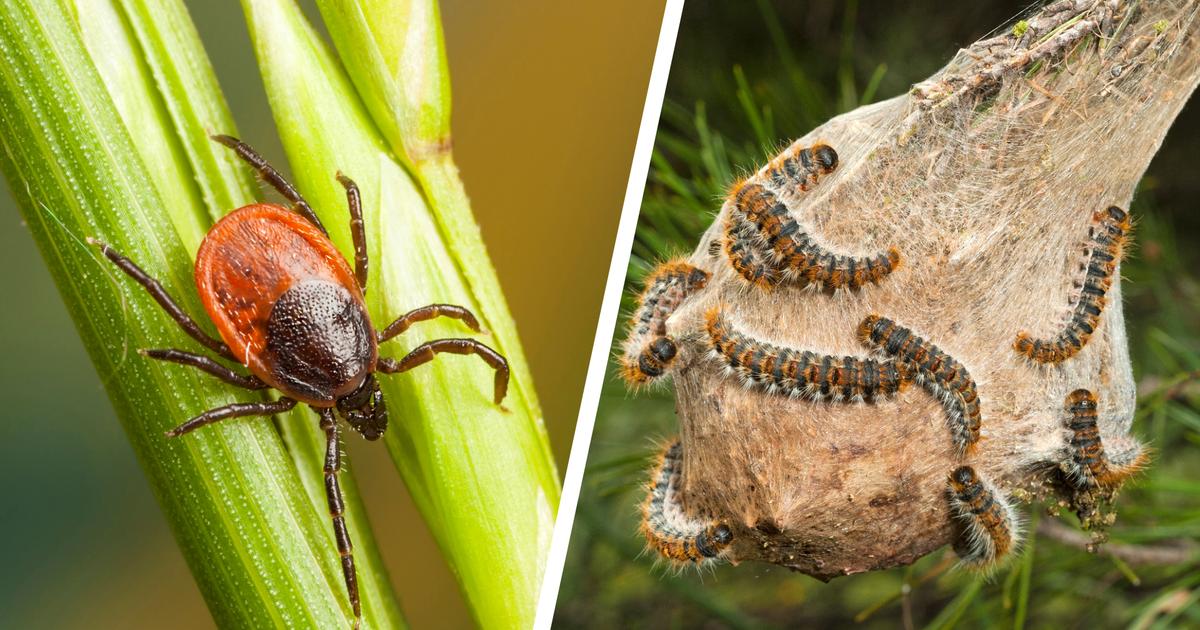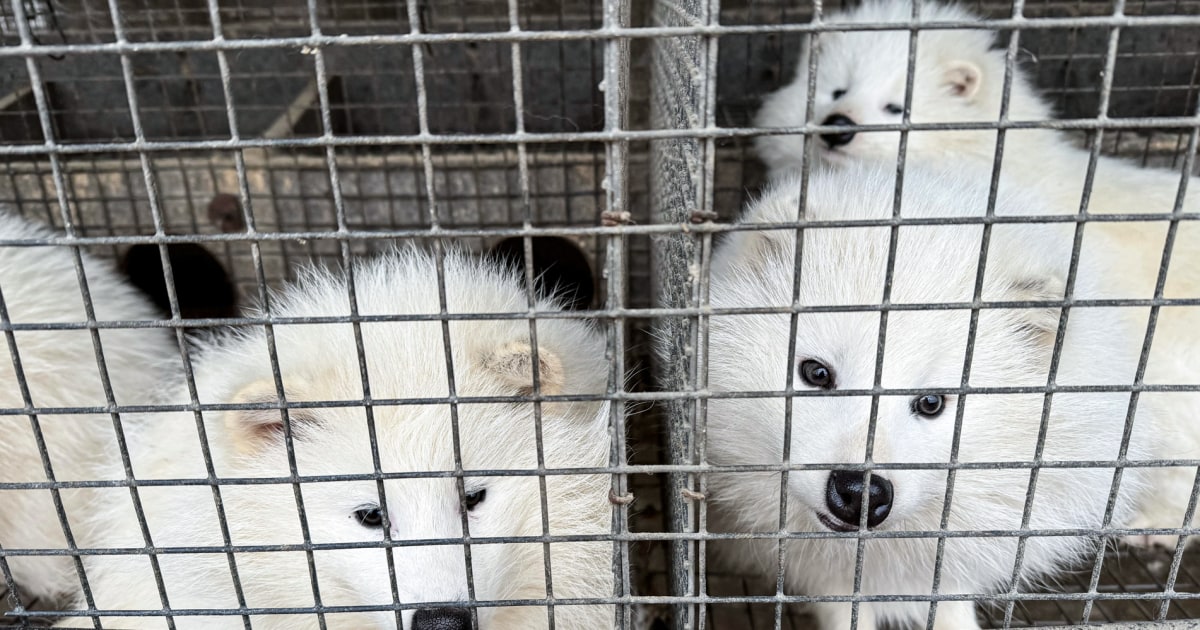Because these beings are suspected of having been the intermediate host of the Sars-CoV-2 pathogen when it passed from a bat species to humans.
With Covid-19, he triggered a new infectious disease, a zoonosis.
Conversely, other animal species now have every reason to stay away from humans.
As researchers from Rotterdam report in the journal »Veterinary Pathology«, the coronavirus can be transmitted from humans to certain animal species.
This path is called reverse zoonosis.
Domestic cats and dogs have already been infected by their mistress or master.
Lions and tigers got it from a zoo keeper, mink got it in the fur farm.
Wild animals are not spared either.
Research in Michigan, Pennsylvania, Illinois and New York found that 40 percent of white-tailed deer are infected with the virus.
The ACE-2 receptors to which the virus can dock are amazingly similar in humans and wild animals.
But the symptoms vary.
While deer and dogs do not appear to be seriously ill, cats appear to be more susceptible.
A tiger developed a dry cough and began to gasp.
Domestic cats often have to sneeze and become short of breath.
The Rotterdam veterinarians report one specimen that vomited.
Not only Sars-CoV-2, but many related coronaviruses that are currently still circulating in bats are likely to be just as sociable.
Ping-pong from species to species makes it difficult to recapture the pathogens.
There is a constant threat of new transitions from the infected animal species back to humans.
To prevent this from happening, researchers are calling for an early warning system against viruses to be introduced at last.
Heartfelt
Yours Jörg Blech
(Feedback & suggestions?)
Abstract
My reading recommendations this week:
Those who sit next to each other at school make friends.
This is what researchers from the University of Leipzig found out together with other scientists.
Children very rarely have a severe course of Covid-19.
But why is that so?
My colleague Katherine Rydlink has answers.
Science may be on the threshold of fusion ignition.
Researchers in the US hope to have taken an important step on the way to zero-emission energy.
Marcus Venerius Secundio was a slave who had to toil in Pompeii almost 2000 years ago.
Because he was released and got money, he could afford a grave.
Archaeologists have now discovered its amazingly well-preserved remains in it.
Despite Corona, the people of Cologne are planning a carnival as normal as possible.
According to the current plan, the costume will include proof that you have recovered, been vaccinated or tested.
Hopefully article three of the Cologne Basic Law will come true: I would still have joot jejange.
Quiz*
1. What do you call an infectious disease that has been transmitted from humans to another species of animal?
a) Reverse transcriptase
b) Reverse zoonosis
c) Zoonotic disease
2. Which of the following animals are an important reservoir for coronaviruses?
a) bats
b) albatrosses
c) fruit
bats
3. How many different candidates for a Covid-19 vaccine are in development?
a) 17
b) 295
c) 440
* You can find the answers at the bottom of the newsletter.
Picture of the week
This hunting dog named Max only wears the
glasses
to protect his eyes; on his foray through a river in Wales, his nose counts.
With it he should learn to sniff out water voles or other rare animals.
After his training, Max can be used to record certain species on surfaces, for example when building is to be carried out there.
Such detection dogs, called "wildlife detection dogs" in the English-language specialist literature, are becoming increasingly common - also for plants, fungi and bacteria.
footnote
Researchers report in the journal "Nature Communications" that a person can live to be
150
years old, but that is the end of it.
For the estimation, they examined health data to determine the rate at which the body loses the ability to maintain vital metabolic processes.
Even if someone never has a heart attack, cancer, or accident, this process will fail around 54,000 days after birth at the latest.
The French woman Jeanne Calment, who lived to be 122 years old, holds the age record.
Recommendations from science
Disaster Research:
Why Germany Is Badly Prepared
Airplanes:
competition from China
Environment:
The mini forests are coming
Diet:
The Secret of the Mongolian Diet
* Quiz answers
1.
b) Reverse zoonosis
2.
a) and c) The bats apparently have an unusually effective immune system, so that they are resistant to the viruses but can pass them on.
3.
b) 295. That was the status on August 17, 2021.
The current number can be obtained from the World Health Organization.













